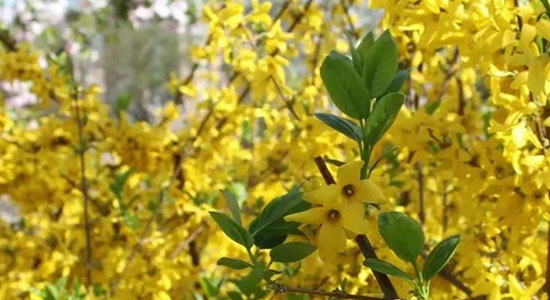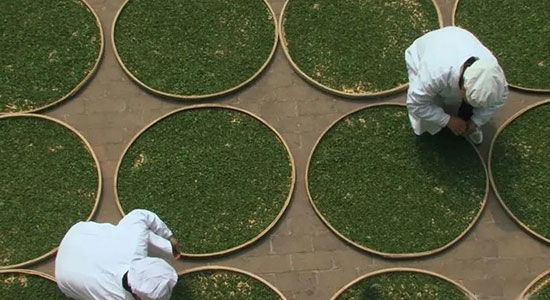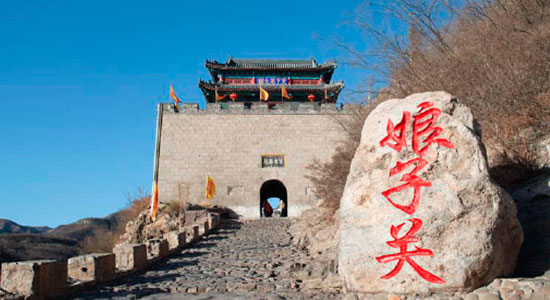
Yang Quan is a historical city, with a long history and a beautiful name: Sun/Sunshine Source/Well.
With the economy on its’ knees after WOII and the Revolution, it’s economy was renewed through investment in mining and heavy industry. Now, after 75 years the city wants to renew again. What better can it do than rejuvenate its’ economy through re-discovering its’ name: sun, sunshine, source of water
Local government facilitates economic renewal and is keen to incentive any investment
Facts
- 4559 square kilometers,
1.414.400 citizens,
urbanization rate 64,495 - The political, economic and cultural center of the eastern part of Shanxi
- Pingding County, Yu County, Urban District, Mining District and Rural District
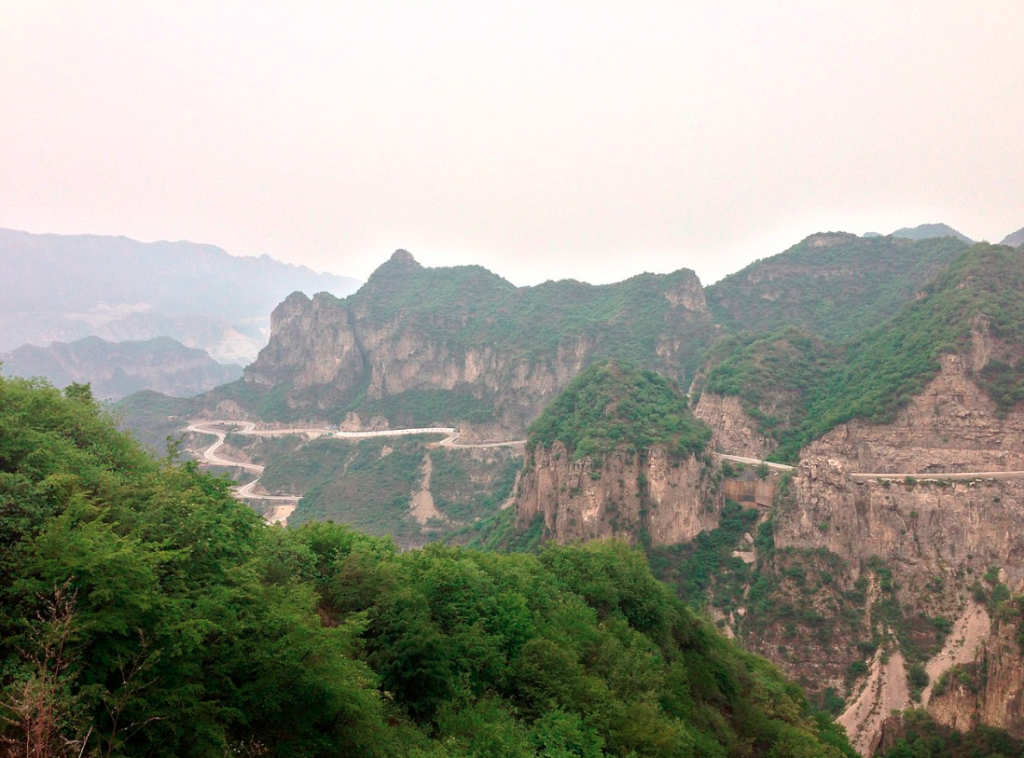

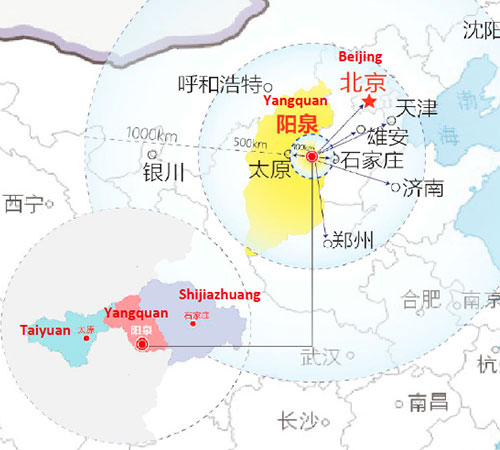
Good connections
- 100 km to Taiyuan (5,5 million inhabitans) or Shijazhuang (10,5 million inhabitans). Both 30 minutes by high speed train.
- Connecting the eastern developed region and the middle-west region of China
- Linking Beijing-Tianjin-Hebei and coastal developed areas with inland areas
- With Yangquan as the center and a radius of 500 kilometers to drawn a circle, it can cover 30% of the country’s population and 30% of the total economic #output
Transportation hub
- Key transportation hub in the east of Shanxi
- 1,5 hours to Taiyuan or Shijazhuang by train
- 2 hours to Beijing by train
- 2,5 hours to Tianjin by train
- 3 hours to Zhengzhou or Jinan by train
- 1 hour’s ride to airport of Taiyuan or Shijiazhuang
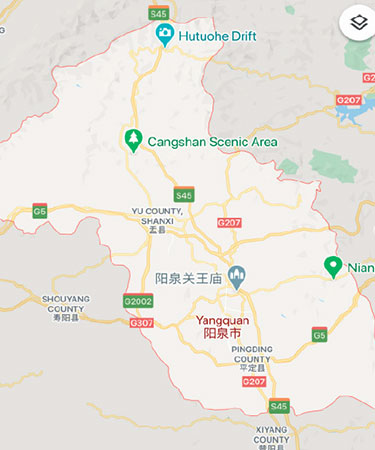

Resources
- Yang Quan is producer of high quality tea; once exclusively available for the emperor and his family.
- Coal reserve 10,2 billion tons; the largest anthracite production base in China
- Bauxite reserve 710 million tons, one of the four refractory production bases in China
- Red porcelain reserve 3 billion tons
- Water resource 1.48 billion ㎡
- Coal bed methane reserve 167.4 billion ㎡
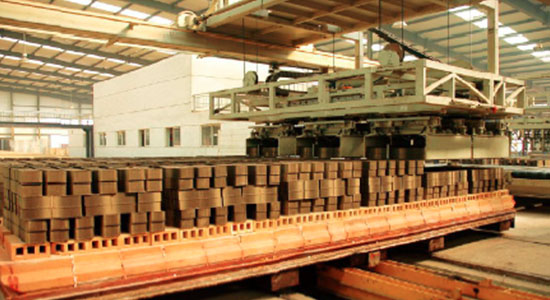
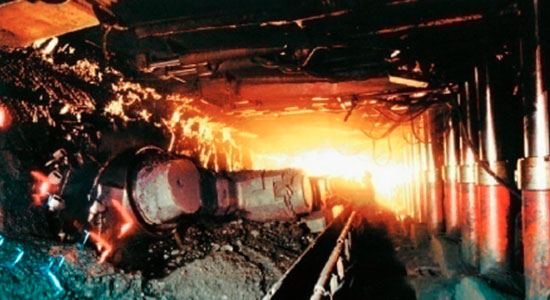
Cultural Heritage
Based on advantages of its pleasant weather and rich cultural heritage of Yangquan, such as its ancient villages, historic sites and CPC revolution history, attract investment to build up culture, tourism and elderly care industries.

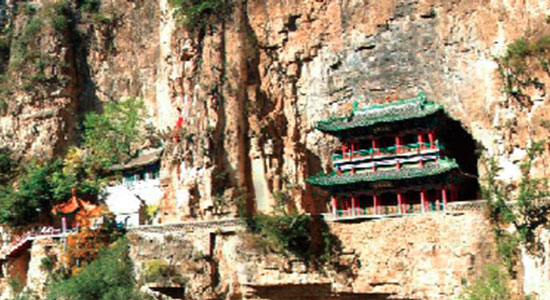
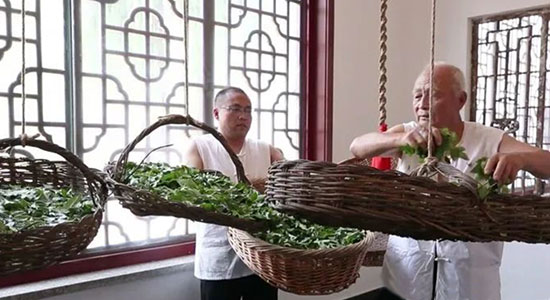
The Capital of Medicinal Tea
China is now building the Shanxi province as the “The Capital of Medicinal Tea”.
Forsythia tea is the most representative medicinal tea, originating from Yangquan.
With hundreds years of history, Forsythia tea is now Intangible Cultural Heritage.
Producer claims as functions: protection of liver, clean intestines, detox, anti-oxidation and anti-aging.
